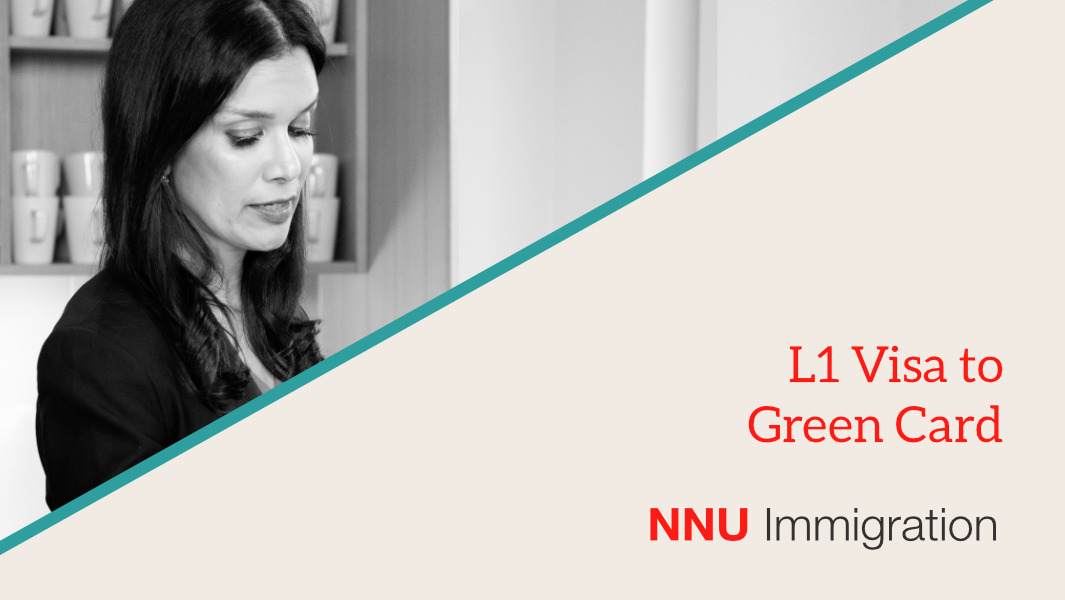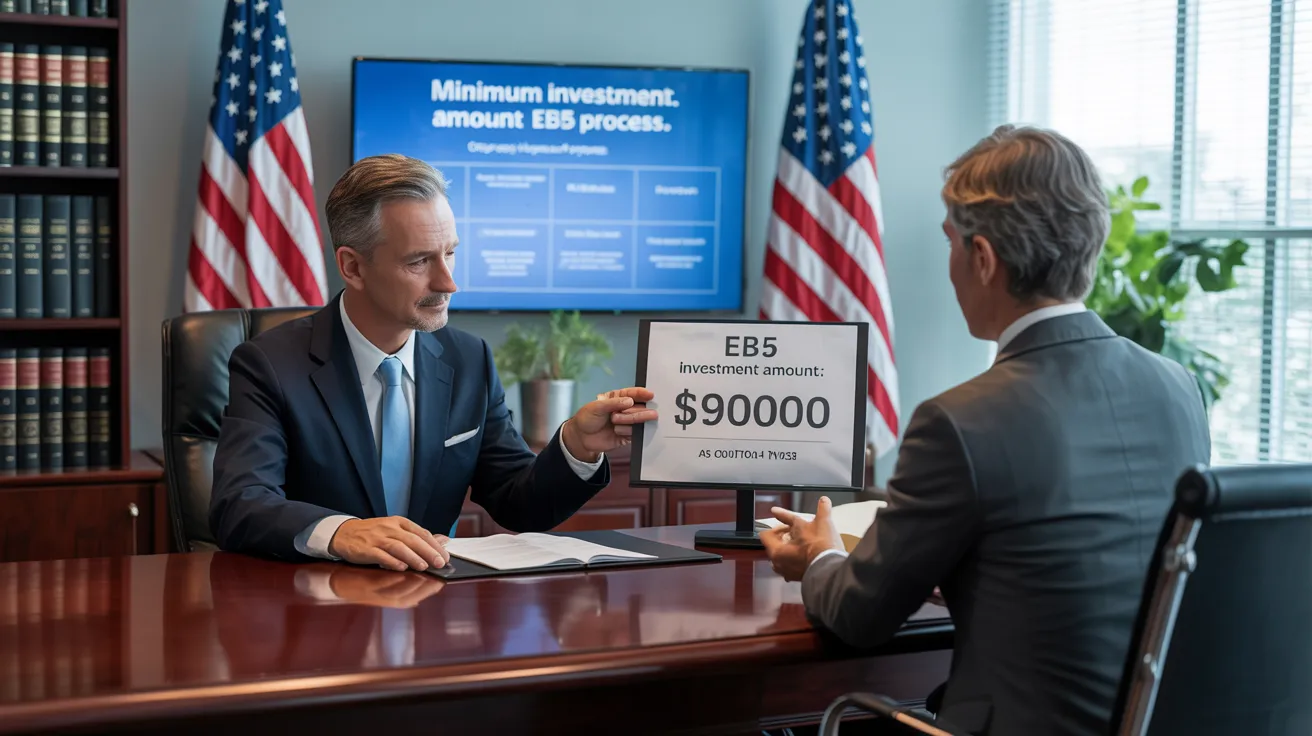The 8-Second Trick For L1 Visa
Table of ContentsL1 Visa Things To Know Before You BuyIndicators on L1 Visa You Should KnowThe Basic Principles Of L1 Visa Not known Details About L1 Visa The Best Guide To L1 VisaThe 15-Second Trick For L1 Visa
Available from ProQuest Dissertations & Theses Global; Social Science Premium Collection. DHS Office of the Examiner General. Recovered 2023-03-26.
United State Department of State. Retrieved 2023-02-08. Tamen, Joan Fleischer (August 10, 2013).
Examine This Report about L1 Visa
In order to be qualified for the L-1 visa, the international company abroad where the Recipient was employed and the U.S. company must have a certifying connection at the time of the transfer. The various kinds of certifying relationships are: 1.
Company An owns 100% of the shares of Company B.Company A is the Moms And Dad and Business B is a subsidiary. There is a qualifying relationship between the two companies and Company B should be able to fund the Beneficiary.
Example 2: Company A is integrated in the U - L1 Visa.S. and wants to request the Beneficiary. Business B is incorporated in Indonesia and utilizes the Recipient. Business A possesses 40% of Business B. The continuing to be 60% is possessed and regulated by Company C, which has no connection to Business A.Since Business A and B do not have a parent-subsidiary partnership, Firm A can not fund the Beneficiary for L-1.
Example 3: Business A is included in the U.S. and wishes to seek the Recipient. Business B is integrated in Indonesia and employs the Beneficiary. Firm A possesses 40% of Firm B. The staying 60% is owned by Firm C, which has no connection to Business A. However, Firm A, by formal arrangement, controls and full takes care of Company B.Since Business A has much less than 50% of Company B but takes care of and manages the business, there is a certifying parent-subsidiary partnership and Company A can fund the Recipient for L-1.
L1 Visa Fundamentals Explained
Firm B is included in the U.S.
The Definitive Guide for L1 Visa

The L-1 visa is an employment-based visa classification established by Congress in 1970, permitting international firms to move their managers, executives, or vital workers to their U.S. procedures. It is typically described as the intracompany transferee visa. There are 2 primary kinds of L-1 visas: L-1A and L-1B. These types are ideal for staff members employed in various placements within a firm.

Furthermore, the recipient must have worked in a managerial, exec, or specialized employee setting for one year within the three years coming before the L-1A application in the foreign business. For brand-new workplace applications, international work should have remained in a supervisory or executive ability if the beneficiary is involving the United States to function as a manager or executive.
The Single Strategy To Use For L1 Visa

If approved for an U.S. business operational for greater than one year, the initial L-1B visa is for approximately three years and can be expanded for an additional two years (L1 Visa). Alternatively, if the united state company is newly established or has been operational for less than one year, the preliminary L-1B visa is issued for one year, with expansions readily L1 Visa requirements available in two-year increments
The L-1 visa is an employment-based visa group developed by Congress in 1970, allowing international business to transfer their managers, executives, or essential personnel to their U.S. operations. It is frequently referred to as the intracompany transferee visa.
Not known Details About L1 Visa
In addition, the beneficiary must have operated in a managerial, exec, or specialized employee position for one year within the 3 years preceding the L-1A application in the international business. For brand-new office applications, foreign employment needs to have remained in a supervisory or executive capability if the beneficiary is involving the USA to function as a manager or exec.
for up to 7 years to supervise the procedures of the U.S. affiliate as an executive or manager. If issued for a united state firm that has actually been operational for even more than one year, the L-1A visa is initially granted for approximately three years and can be prolonged in two-year increments.
If given for an U.S. business operational for greater than one year, the initial L-1B visa is for approximately 3 years and can be prolonged for an additional 2 contact us years. Conversely, if the united state business is recently established or has actually been operational for less than one year, the first L-1B visa is provided for one year, with expansions available in two-year increments.